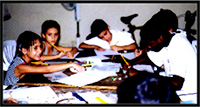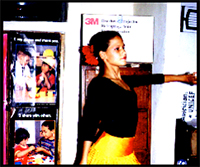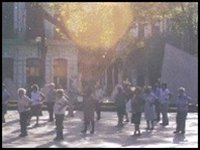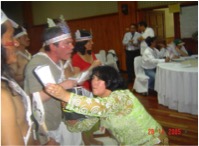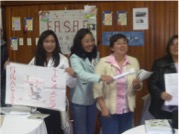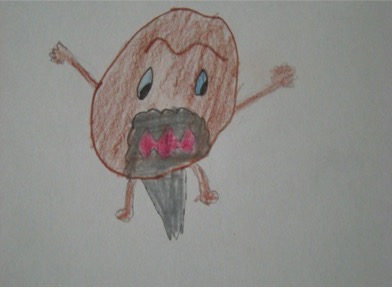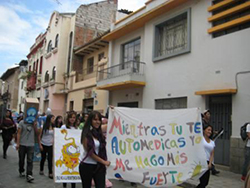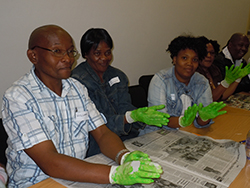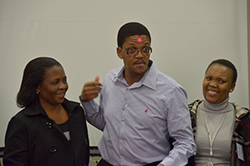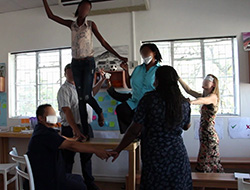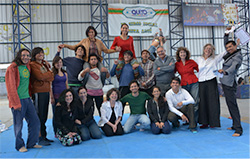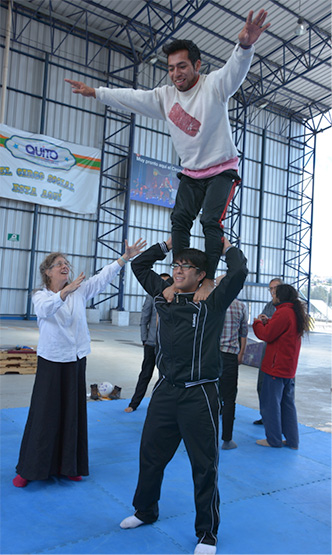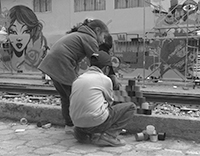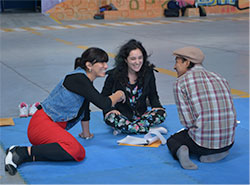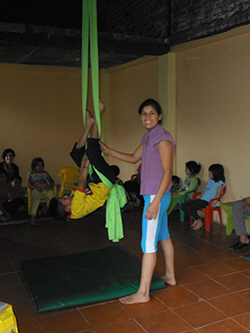Tuberculosis and HIV stigma in Southern Africa
Background:
Healthcare workers in South Africa have among the highest rates of tuberculosis in the world, due to occupational exposures and compounded by stigma and denial
Intervention:
A cluster randomised controlled trial in 27 Free State hospitals to strengthen occupational health and infection control and to improve healthcare worker access to HIV and TB services in the workplace in accordance with new guidelines. The initiatives include:
- Formal training program with projects
- Workplace assessment training: using role-play as well as onsite practice with guide books
- Sophisticated information system
- Clinical support for identifying and treating
An important component of the project is
stigma reduction. Combating stigma and denial required an
arts-based approach.
Key lesson learned:
Complex problems need to be addressed – and evaluated – from the head, hands and heart.
Publications



